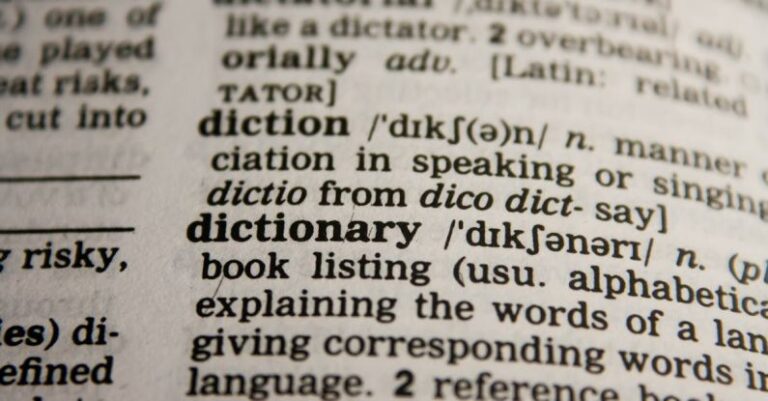
Robots are becoming an increasingly common sight in various industries, from manufacturing to healthcare. One crucial aspect of a robot’s functionality is its ability to move efficiently and accurately. Robot motion algorithms play a vital role in achieving this, enabling robots to navigate their environments, perform tasks, and interact with objects. In this article, we will delve into the basics of robot motion algorithms, exploring their key components and how they contribute to the seamless movement of robots.
### Understanding Robot Motion
At the core of robot motion algorithms lies the fundamental concept of understanding how a robot moves within its environment. This involves a combination of mathematics, physics, and computer science to develop algorithms that dictate the robot’s motion. By utilizing sensors and actuators, robots can perceive their surroundings and translate this information into actionable movements.
### Path Planning
Path planning is a crucial aspect of robot motion algorithms that involves determining the optimal path for a robot to reach its destination while avoiding obstacles. Various algorithms, such as A* and Dijkstra’s, are commonly used to calculate the most efficient route for a robot to follow. By considering factors like the robot’s speed, obstacles in the environment, and any constraints, path planning algorithms ensure that the robot reaches its target safely and efficiently.
### Localization
Localization is the process by which a robot determines its position within its environment. This is essential for ensuring accurate movement and interaction with objects. Localization algorithms utilize sensor data, such as GPS or odometry, to estimate the robot’s position relative to a known map of the environment. By continuously updating this information, robots can adjust their movements to maintain precise localization.
### Motion Control
Motion control algorithms are responsible for translating the desired robot motion into actual movement. These algorithms take into account factors such as velocity, acceleration, and dynamics to control the robot’s motors and actuators effectively. By continuously adjusting the robot’s motion based on sensor feedback, motion control algorithms ensure smooth and accurate movement, enabling robots to perform tasks with precision.
### Obstacle Avoidance
Obstacle avoidance is a critical component of robot motion algorithms that allows robots to navigate around obstacles in their environment. By utilizing sensor data to detect obstacles and adjusting the robot’s path accordingly, obstacle avoidance algorithms enable robots to move safely and efficiently. Techniques such as potential fields and reactive navigation are commonly used to ensure that robots can navigate complex environments without colliding with obstacles.
### Trajectory Planning
Trajectory planning involves determining the specific path that a robot’s end effector or tool should follow to complete a task. This is particularly important in applications such as robotic arm manipulation or autonomous vehicles, where precise movement is essential. Trajectory planning algorithms consider factors such as the robot’s kinematics, dynamics, and task requirements to generate a smooth and accurate trajectory for the robot to follow.
### Conclusion: Enhancing Robot Motion with Algorithms
Robot motion algorithms form the backbone of a robot’s ability to move effectively and efficiently within its environment. By incorporating path planning, localization, motion control, obstacle avoidance, and trajectory planning, robots can navigate complex environments, interact with objects, and perform tasks with precision. As technology continues to advance, the development of more sophisticated robot motion algorithms will further enhance the capabilities of robots across various industries, paving the way for a future where robots can seamlessly navigate and interact with the world around them.





